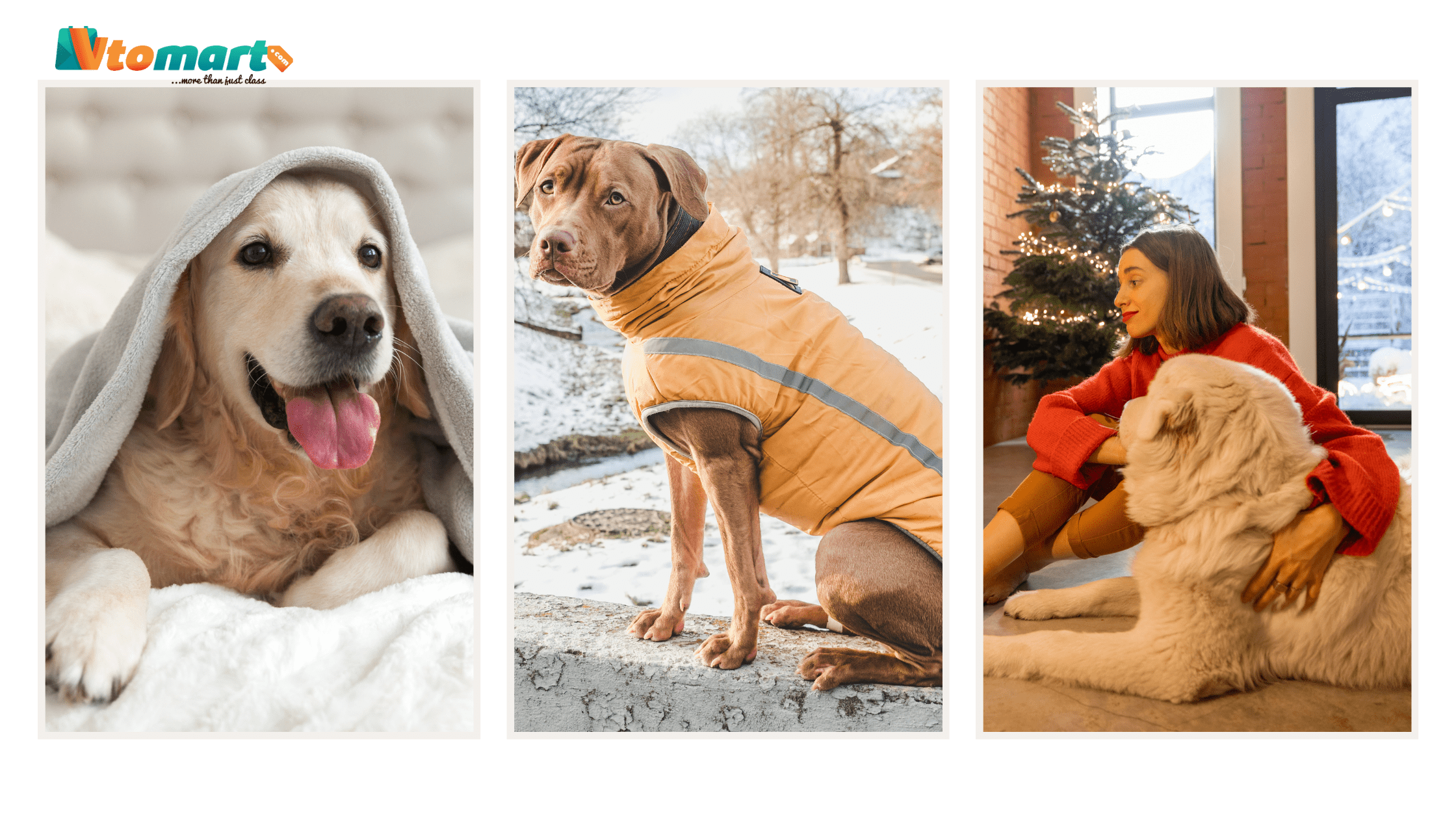
5 Tips To Keep Your Pets Warm This Winter
Our pets experience the chill on a winter morning, just like us. While it’s easy for us to put on a jumper, pull on our boots, or curl up by the fire, our pets—especially outside dogs or cats—need assistance. Pets are sensitive to the cold, even those with beautiful, thick coats of fur. Thus, during the cold months, how do we ensure the safety and warmth of our furry family members? Here are five of our favorite wintertime dog and cat heating tips:
1. Warm, cozy bedding and an insulated shelter
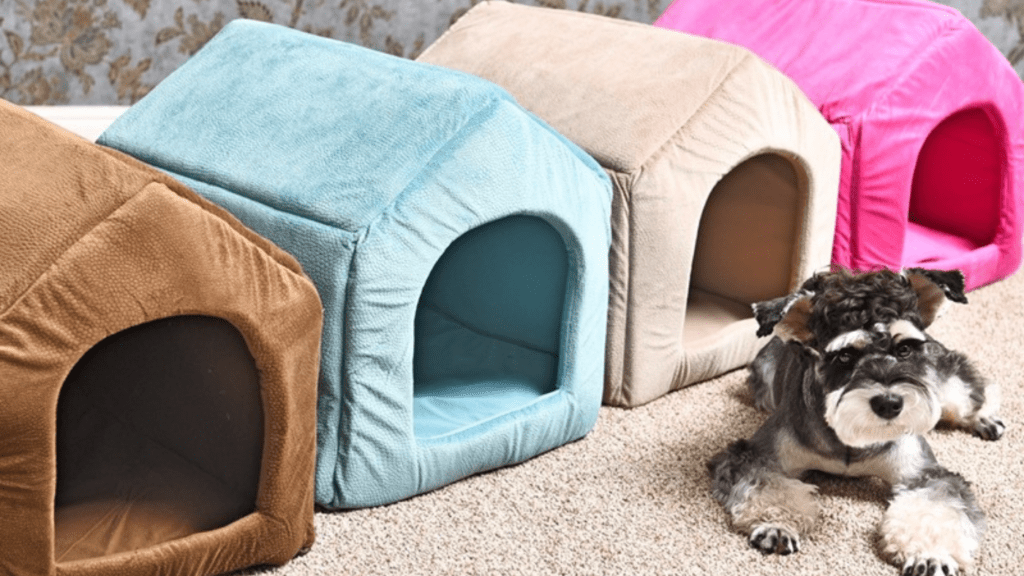
It’s best to keep your dog or cat indoors during the winter, but if they spend most of their time outside, it is understandable that it might be challenging to adjust their resting patterns. Your dog or cat will appreciate having a warm bed to help them escape the cold when a frosty morning arrives, and they will appreciate having an insulated shelter, such as a kennel or enclosed area. Elevating their bed off icy flooring will help keep them warm and stop moisture from soaking into their bedding, in addition to providing a warm area to sleep away from drafts. Think about providing them with more cozy, warm bedding, such as blankets and cushions, or even heated items like microwaveable heat pillows, to help them fall asleep.
2. Be aware of any heat-seeking behavior.
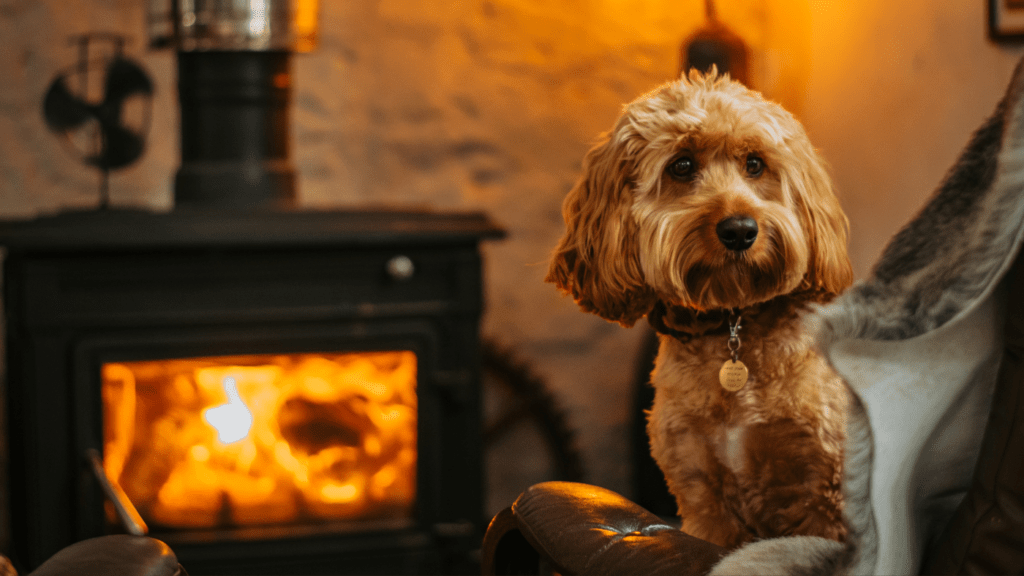
If your pet is trembling or shivering, they are feeling the cold. They might even curl up next to heaters or into warm areas like couches and beds. Dogs and cats will stick to warm floors and carpets and avoid sleeping on tiles. If your pet enjoys being near heaters or fires, use caution because if they get too close or fall asleep, their skin may become dry or even burn.
3. Warm apparel, such as jumpers and coats

Observing a puppy or kitten wearing an adorable jumper instantly makes us feel warm and fuzzy inside. They give us some much-needed warmth—especially for our buddies with short coats. When it comes to coats and jackets for our furry family members, there are a ton of alternatives available these days. Do you want to say anything clever? For that, there’s a cat jacket! Just make sure there is enough room for your pet to breathe, that the coat isn’t too tight, and that there are no readily ingested wires or buttons hanging down.
4. Feeding modifications
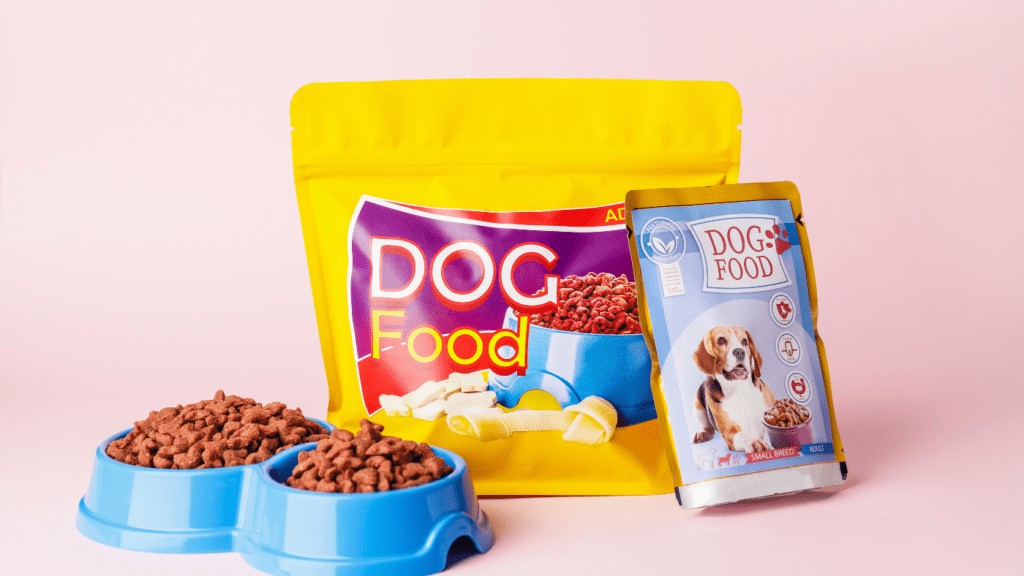
Your pet might be hungrier in the winter since they require more energy to stay warm. They require these additional calories to maintain a stable core body temperature. Some breeds may require more feeding during the winter. To prevent gaining weight in the winter, it’s equally crucial for them to change their diet if they aren’t moving as much during these chilly months. If you are worried that you are overfeeding your pet, always ask your veterinarian for guidance on the appropriate amount to feed them.
5. Wintertime personal hygiene regimen
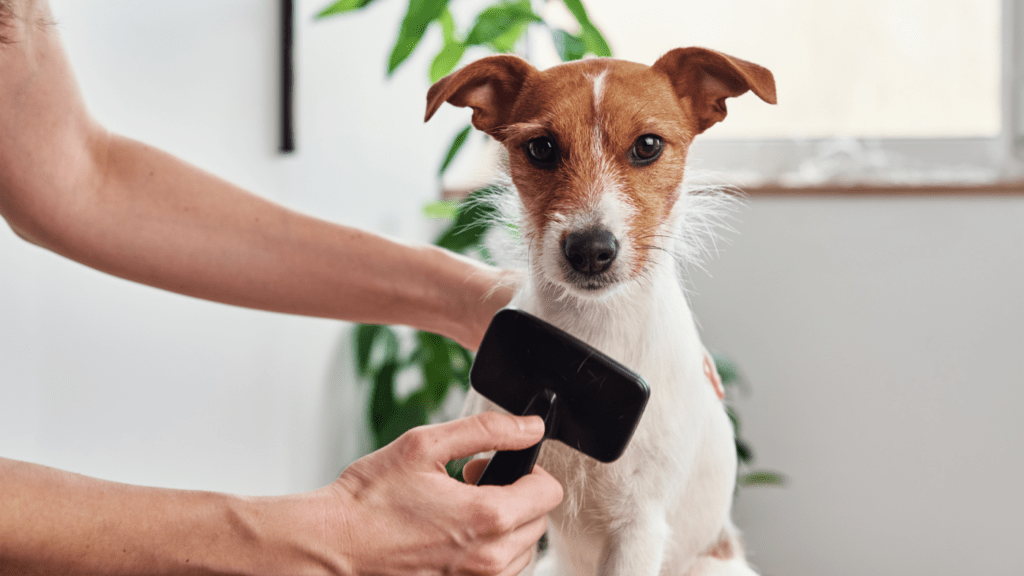
Our dogs’ and cats’ coats provide the majority of their warmth. A winter grooming regimen is crucial, even if we might be tempted to let their coats grow long in the cold months to keep them comfortable. In addition to keeping your pets happy, regular grooming with a nice grooming glove will prevent matting, minimize shedding, and prevent skin issues. Our outdoor pets are more likely to have dirty coats, knots, and matting during the winter months because the weather is frequently rainy and damp, resulting in muck, puddles, and wet grass. Additionally, keep in mind that it’s preferable to give your dog a warm bath indoors using warm water and to completely dry them off with a warm towel before letting them go back outside.
We hope that these suggestions will help you keep your animal family members warm and dry during the winter.